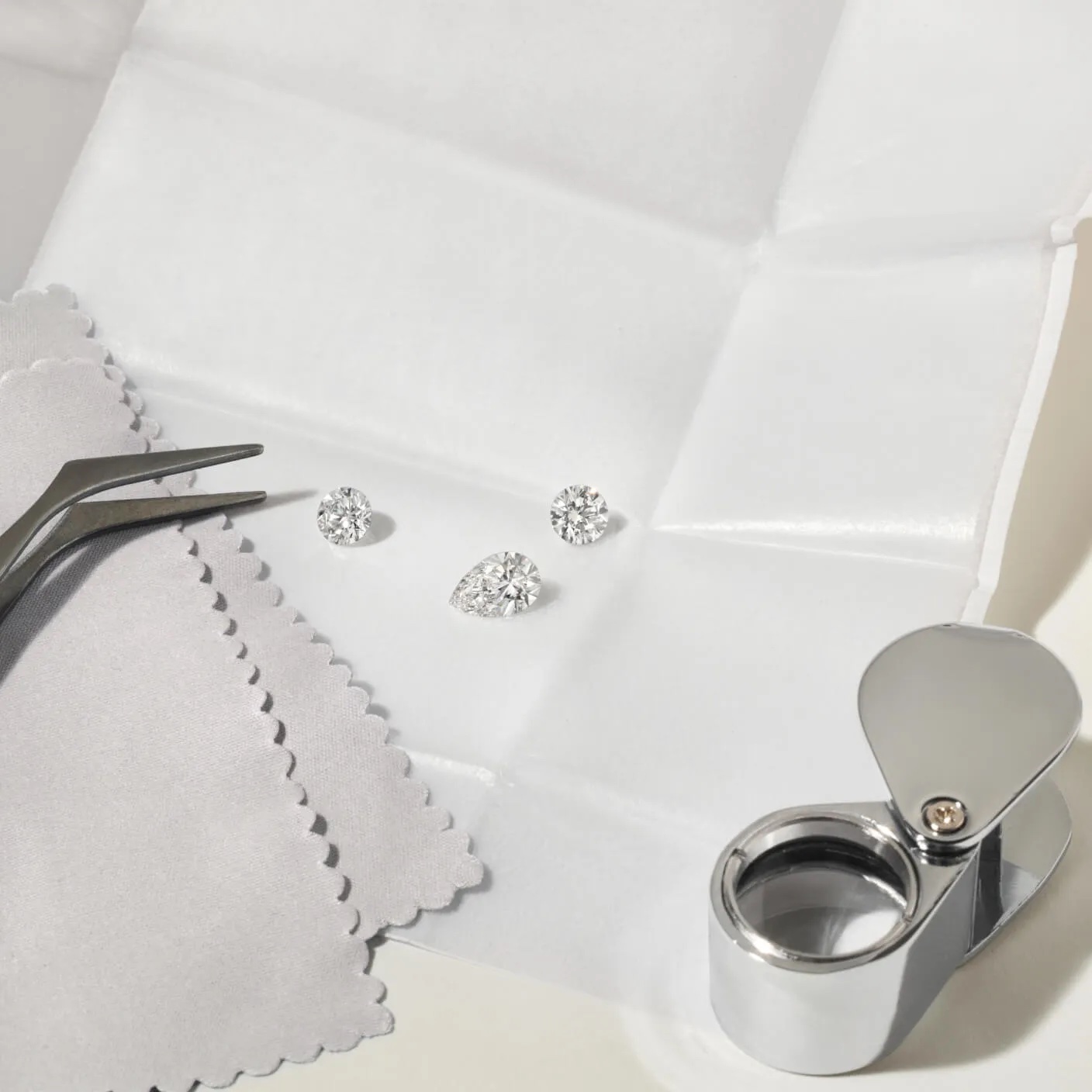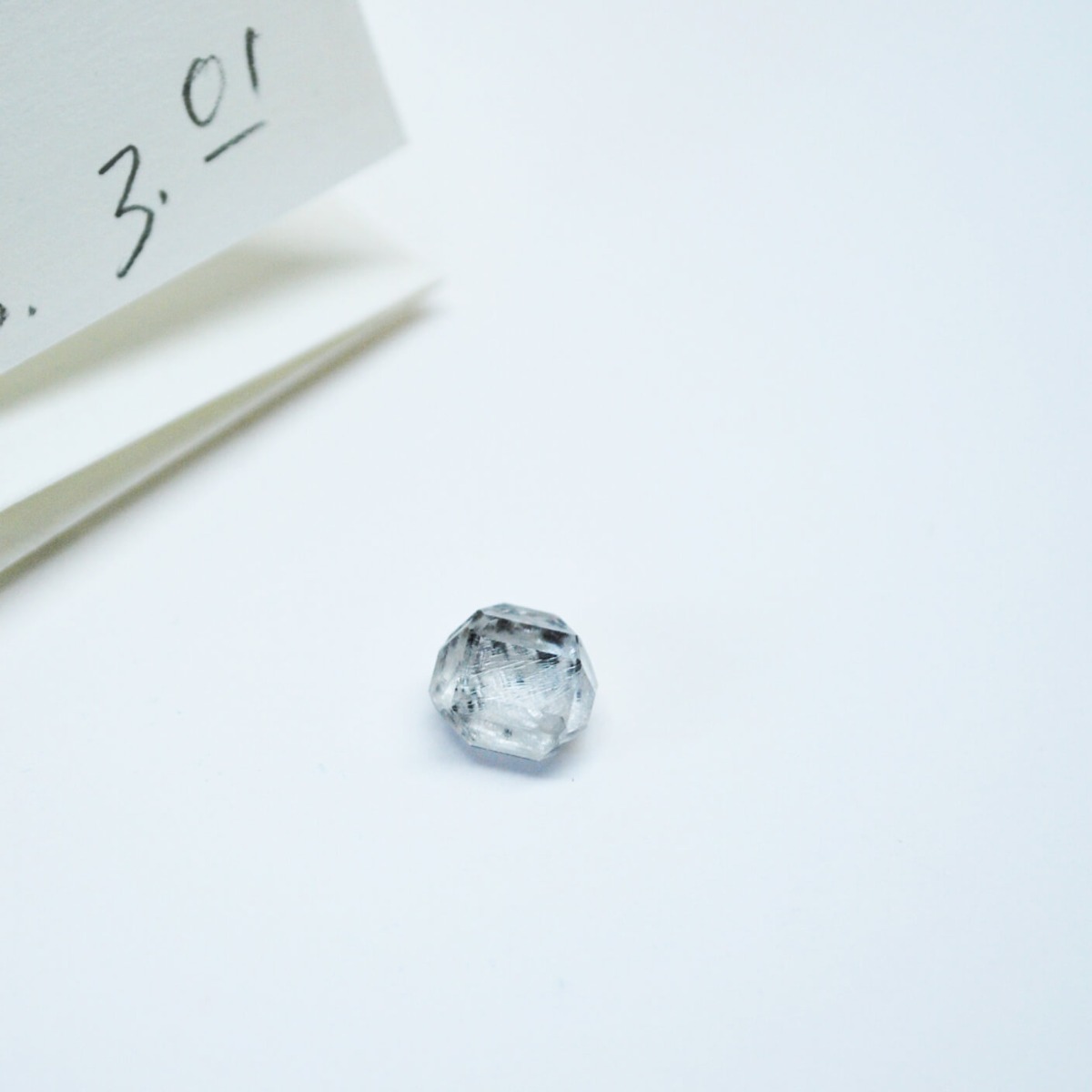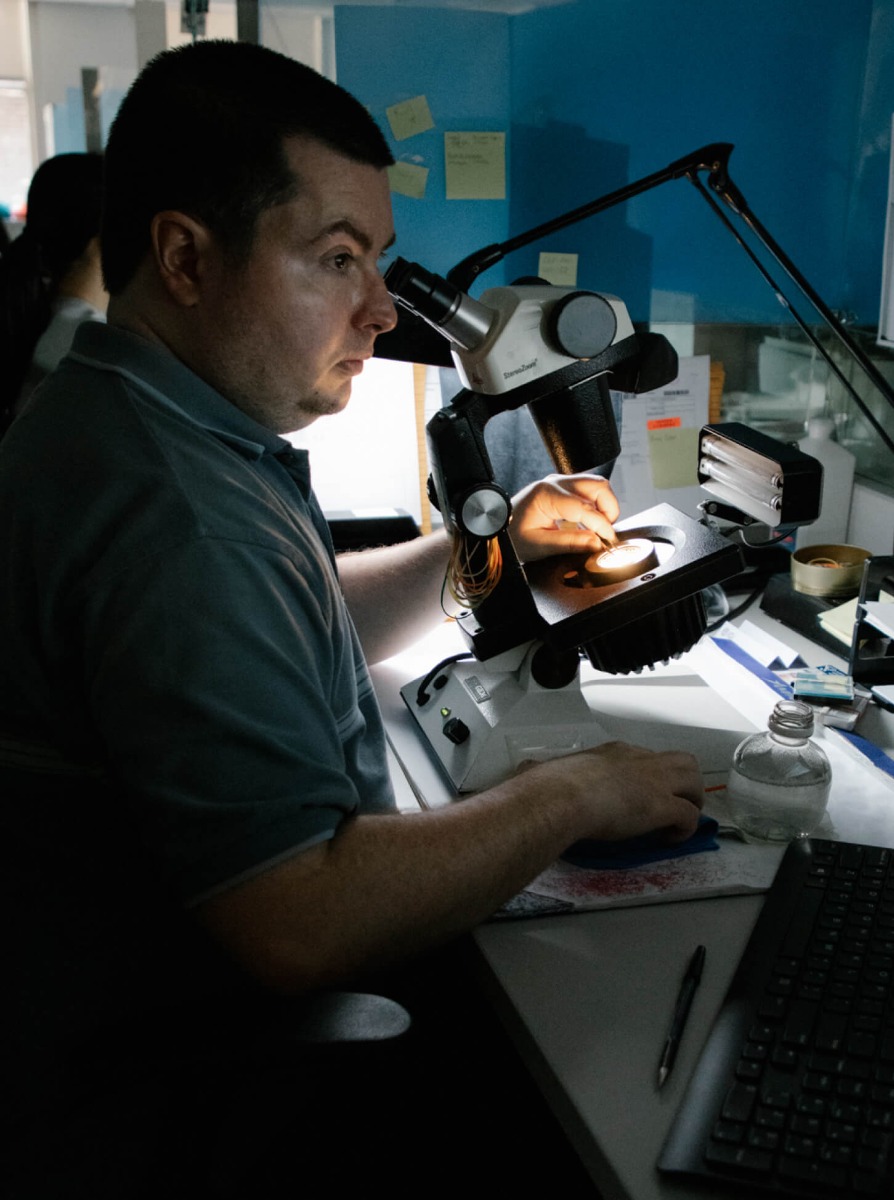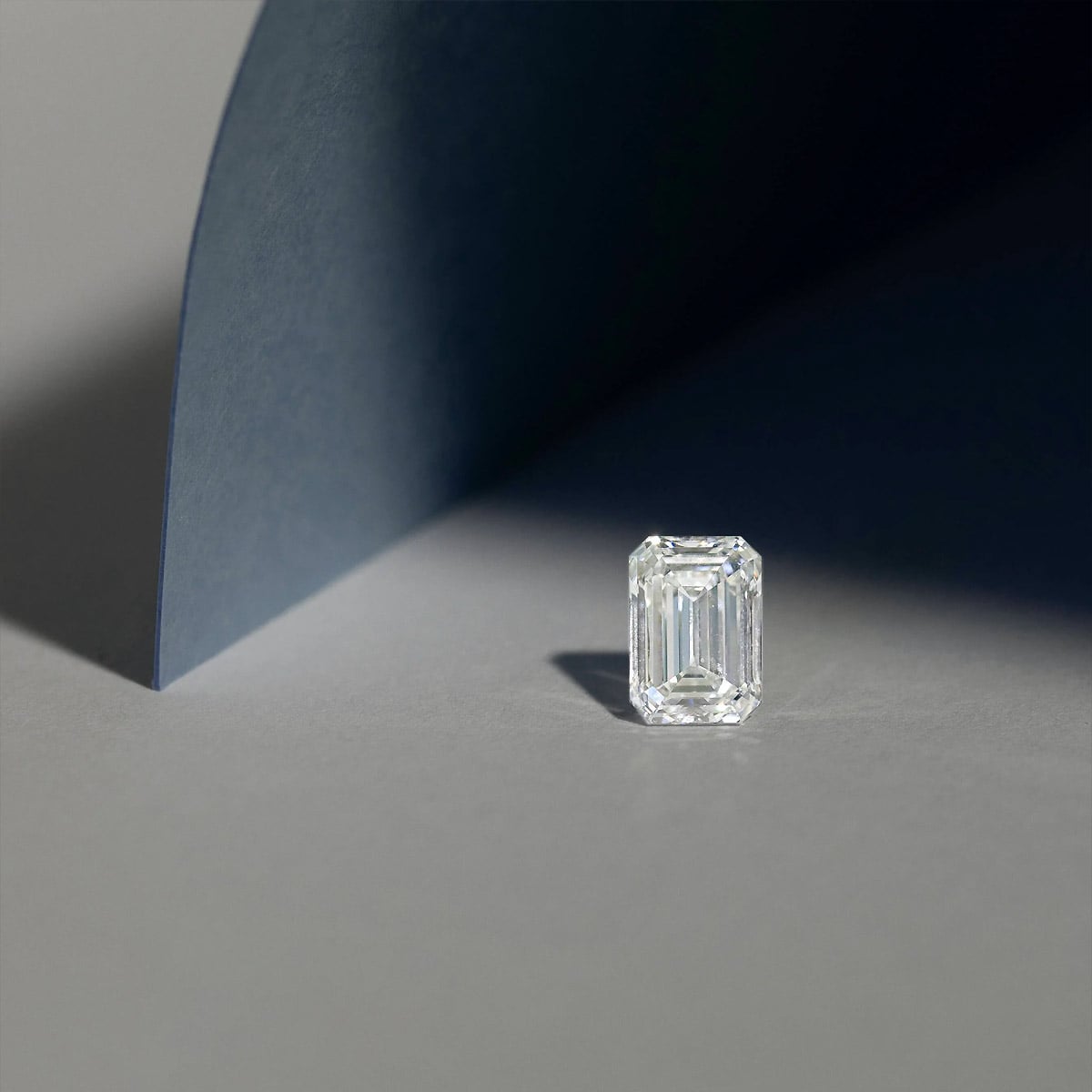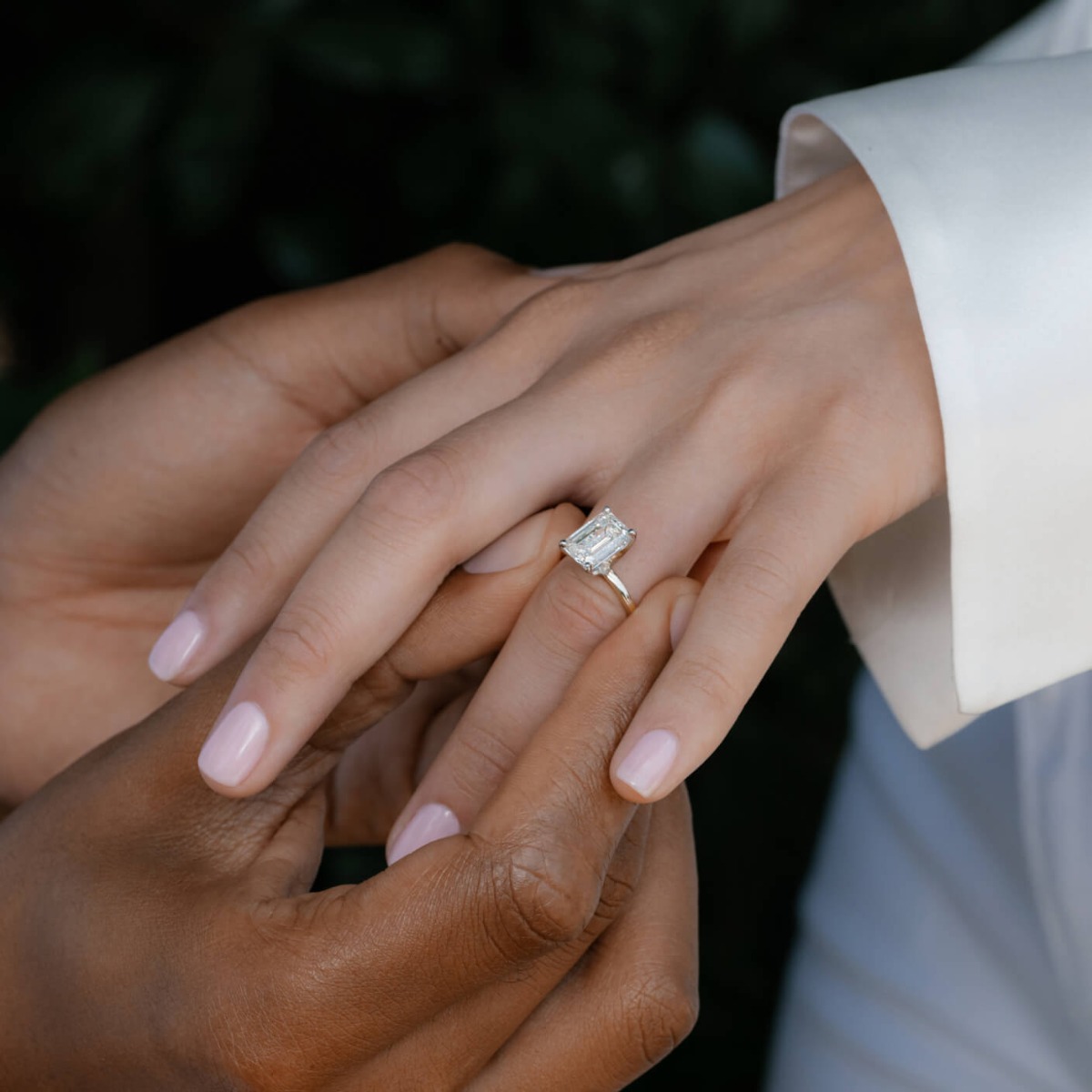Lab diamonds have changed the diamond market forever. You can choose the more cost effective option with the same chemical properties as mined diamonds but without the mining. You get peace of mind without settling for diamond stimulants, like cubic zirconia, when shopping for engagement rings and fine jewelry. The future is bright as people seek a more affordable and sustainable option while engagement ring shopping.
Please use this guide to make an informed decision about lab created diamonds, covering how lab created diamonds compare to natural diamonds in terms of quality, creation, and origin. Additionally, please consider how these factors make them different financially, ethically, and environmentally. Whether you are shopping for loose diamonds, engagement rings, or fine jewelry, you can sleep with your decision to choose lab diamonds over mined stones.
At Clean Origin, we offer an extensive collection of fine jewelry for all special occasions and everyday wear. Are you looking for a lab grown diamond engagement ring, a pair of lab diamond stud earrings, tennis bracelets, or any other diamond jewelry? Clean Origin has it, and we want to help you find the perfect one!
Contact our customer service team through virtual consultations or at a showroom near you today. When you buy lab grown diamonds from Clean Origin, you can trust that you're receiving only the highest quality of lab created diamonds.
